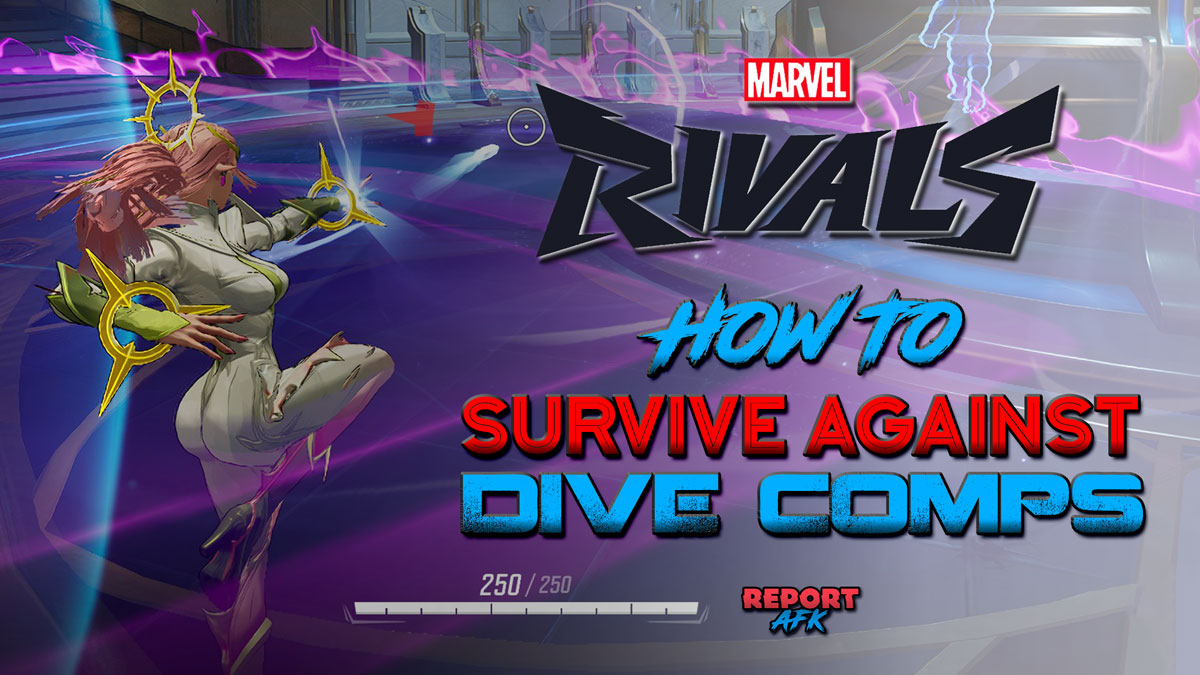
- arrow_back Home
- keyboard_arrow_right Gaming Guides
5 Tips to Counter Dive Comps as Support in Marvel Rivals
Gaming GuidesGaming News 12 380 4 Ayefkay January 29, 2025

Countering Divers Made Easy...ish.
Alright, listen up, healers—because if you’re playing support in Marvel Rivals, you already know that you’re basically walking around with a giant neon sign that says, “PLEASE DIVE ME ON REPEAT.”
Nothing brings joy to a sweaty Venom or a trigger-happy Spider-Man like ruining your day and making sure your team has zero sustain.
But don’t worry, because I’ve got your back.
Whether you’re braving the wild wasteland of solo queue or coordinating with an actual functioning team (lucky you), here are five rock-solid strategies to keep yourself alive and make dive comps absolutely miserable.
1. Communicate With Your Team When Being dove
Let’s be real: voice chat in competitive games is basically a social experiment gone wrong.
Between the wannabe shot-callers who think they’re the next esports prodigy and the keyboard warriors spewing COD-lobby-level toxicity, it’s no wonder half of us have it muted.
But Marvel Rivals is a team game, and if you’re getting jumped every fight, you need to let your team know.
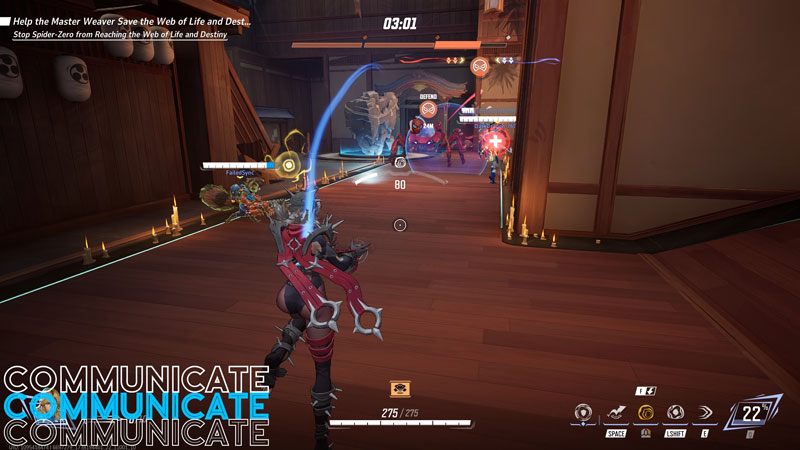
If you hate voice chat (I feel your pain), make pings your best friend.
Use them sparingly but strategically—spam them too much, and your team will start treating you like white noise.
The best times to communicate?
When an enemy is about to dive, when you see some sneaky assassin creeping for a flank, or when you see a Dr. Strange or Scarlet Witch about to ult (so maybe don’t YOLO into that, eh?).
If you’ve got a second, typing out short heads-ups like “Watch for Strange portal” or “Healers be dead af” can go a long way.
2. Some Heroes are better against divers than others
Look, I get it. You have a main.
You love them. You’d die for them. Aww….how cute.
But if your main has all the survivability of a wet paper towel when getting dove, you need to have backup options.
Some supports just handle dive comps better than others, and here are two of the best ones in my humble opinion:
Susan Storm (The Invisible Woman)
If the enemy team is treating you like a buffet, it’s time to go full Houdini.
Force Physics: Yeet your attackers straight into your DPS or even better, off the map. Most divers crumble when they’re suddenly the ones being focused.
Invisible Boundary (Ultimate): If it benefits your team, drop it—massive healing plus invisibility for everyone inside is a game-changer. If it’s just you in danger, maybe hold onto it.
Veiled Step (Double Jump + Passive Invisibility): Your panic button. Jump away with a decent speed buff, go invisible, and heal up. Just don’t use this while your team desperately needs healing—going invisible also means not healing, and that’s a fast way to make your team hate you.
Guardian Shield: Will protect from damage while providing passive healing to close teammates. You cannot put this on yourself, but can be changed quickly between teammates (if not needed in a static location) since it will heal 50 hp immediately upon cast.
Psionic Vortex: Shooting a ball of energy, once it hits something (or you can recast this ability) it will explode into a vortex that will damage enemies 35 per second, slow them, and try to pull them towards the center. Generally some decent crowd control.
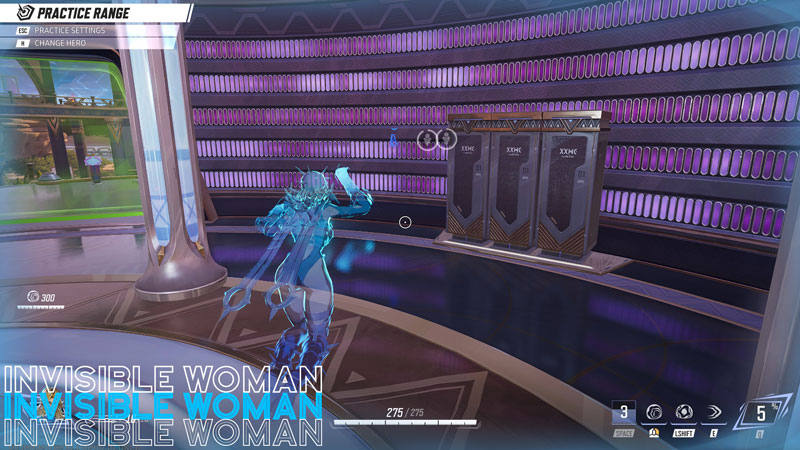
Depending on who’s diving, cooldowns available, and your health – I would recommend just keeping a priority list in mind:
If someone like Venom dives you and you have pretty high health, you can throw your Guardian Shield if you are close to another healer and try to play around that for the passive healing while using a combination of your Force Physics to push them away (preferably straight at your DPS) and your Psionic Vortex to damage, slow, and pull them in.
This might be enough to make them back off, but if not then you can decide between your Veiled Step to disengage if your team doesn’t need healing immediately or, if your team’s in trouble, popping your ult for some clutch heals.
Cloak and Dagger
High skill cap, but incredibly rewarding. Relevant moves for divers include:
Dagger Storm (AOE Heal): Drop it at your feet the second you get dove. It buys time and keeps you alive long enough to fight back.
Switch to Cloak & Terror Cape (Blind): Close-range enemies get blinded, which means they start panicking and second-guessing their decisions.
Dark Teleportation (Phased Escape): One of the best counter tools in the game. Not only does it phase you and nearby teammates out of existence (dodging ults like Strange, Magneto, or Jeff), but one thing I don’t see players taking advantage of enough is that you can float during it. Use that movement to reposition somewhere safe and definitely don’t just sit there.
Eternal Bond (Ultimate): If you’re running for your life, try stacking the persistent healing/damage field instead of spreading it out. It makes the heal significantly stronger—so strong it can keep you alive through nearly any attack including a Punisher ult (with exceptions being one-shot kills like a Magneto or Iron Man ultimate).
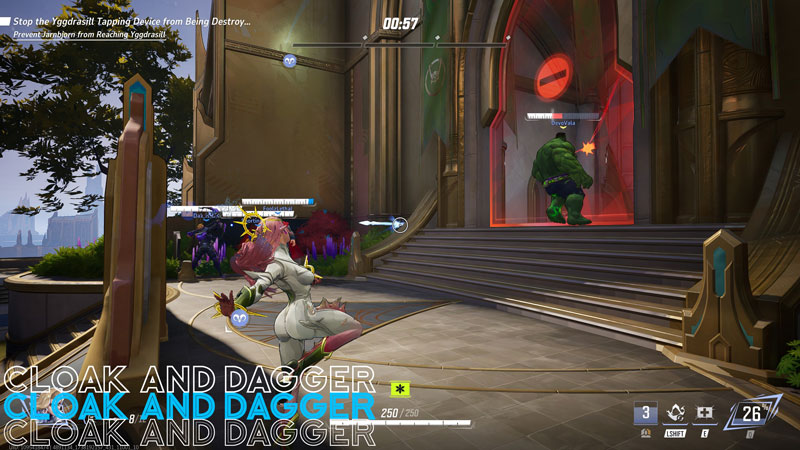
You’re likely going to be in Dagger form for healing so in the event of being dove, I recommend saving your AoE bubble heal, Dagger Storm, to use immediately at your feet for passive healing while immediately pinging the enemy.
Follow this with a switch to Cloak for a quick blind using Terror Cape and to be ready for any potential ults or key abilities with Cloak’s Dark Teleportation.
If your team looks like they need the healing while you’re dealing with your would-be-assassin, pop your ult and stack it up in a position that will be be helpful to the team.
3. Use Your Ultimates Purposefully
The way you use your ult can single-handedly win or lose a fight.
Golden rule: DO NOT double-stack support ultimates!
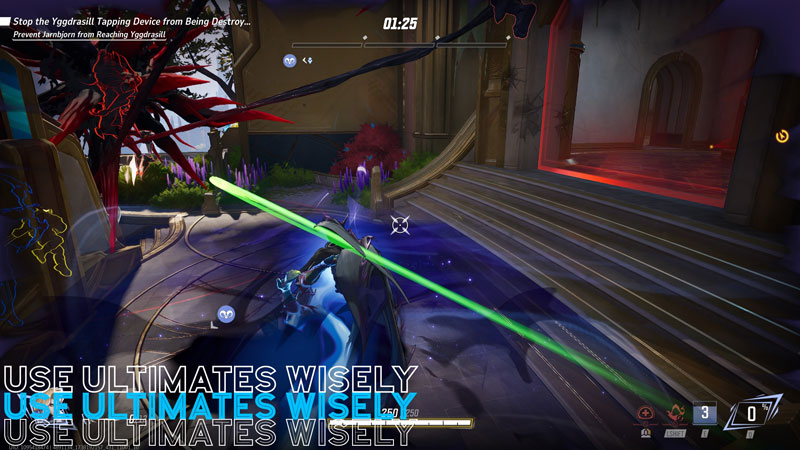
If you and your other support both panic-ult at the same time, congrats—you just wasted one of the biggest advantages your team had.
The enemy now knows you’re completely exposed once the ults wear off, which is their cue to go full rabid dog mode and dive even harder.
If possible, ping your ult before using it so your other support knows to hold onto theirs. That way, if the fight drags on, your team still has a backup plan.
4. Positioning As a Support
Positioning as a support is a constant balancing act. Stand too far back, and you’re useless. Stand too close, and you’re dead.
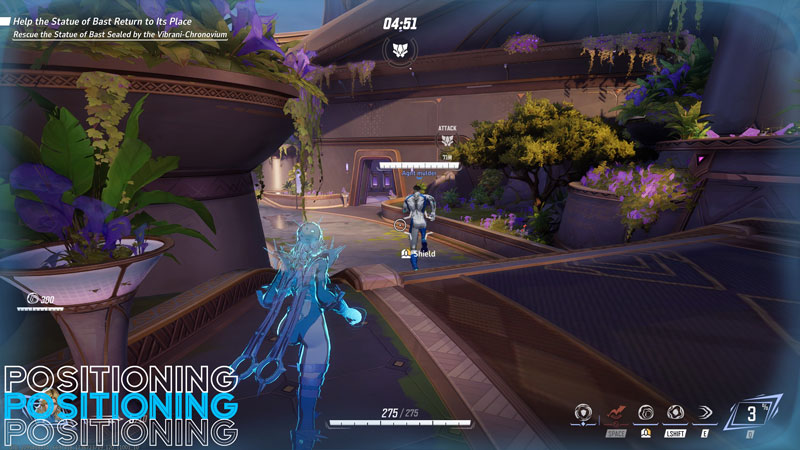
Key things to keep in mind:
Map Awareness: Learn the maps like the back of your hand. Know the choke points, the most common dive paths, and the best spots to reposition when things go south.
High Ground is Your Friend: If a map has vertical options, use them. Divers have a harder time getting to you if you’re above the fight instead of in the middle of it and you can always retreat back down (preferably to a point that has a jump up boost to help you get away again).
Cover is King: Walls, corners, and objects are your best friends. If you’re standing in the open, you’re practically begging for a Hulk to smash you into paste and heroes like Cloak and Dagger can actually bounce their auto attack heals off of walls to still help from a safe location.
Darwin Was Right: If you have a teammate that keeps running off on their own and dying on repeat, it is not your job to keep them alive at the cost of the rest of your team.
If you are spending time running after them to heal them, then running back to the rest of your team – that’s valuable time that could have been spent helping everyone else. I suggest gently requesting that they stay with the rest of the team for heals, but not getting sucked into anything else beyond that.
This will undoubtedly also be the toxic player blaming everyone else in chat, but unfortunately you can’t cure stupid.
5. Make Support Divers Regret Their Life Choices
At the end of the day, your goal is to make diving you feel like the worst decision your enemies have ever made.
If they keep succeeding, they’ll just keep doing it.
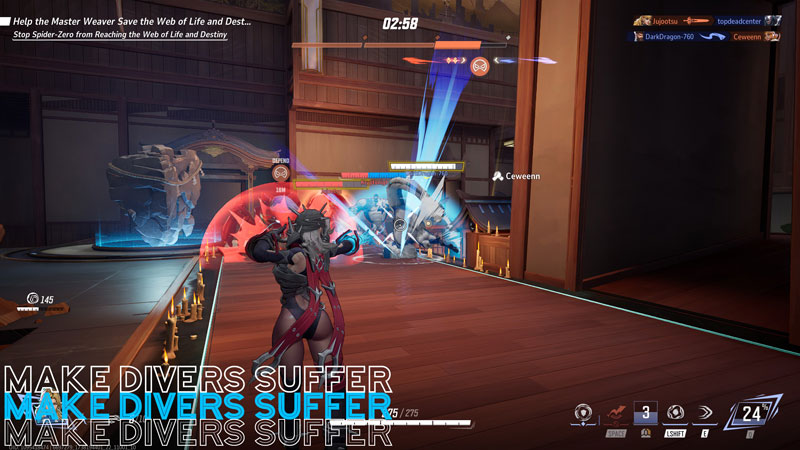
But if every time they jump on you, they get CC’d, repositioned into danger, or flat-out killed, they’ll start second-guessing themselves.
Abuse CC abilities to punish aggression.
Bait divers into overcommitting, then counterattack with your team.
Recognize patterns—most dive players aren’t creative. They’ll keep using the same openings and routes, so learn to predict them.
You're the Backbone - Now Act Like It
Playing support in Marvel Rivals can feel like being a walking punching bag. But with the right strategies, you can make life miserable for dive comps and keep your team alive long enough to turn the tables.
Yeah, this is a lot to take in.
But practice makes perfect. The more you implement these tips, the better you’ll get, and the more you’ll climb.
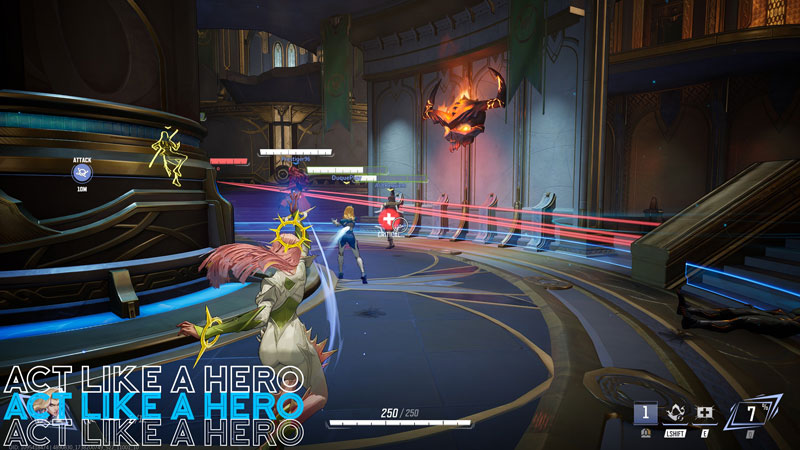
Eventually, you won’t just be surviving dives—you’ll be making the divers wish they’d never queued up in the first place.
Now go out there and be the unkillable support your team deserves.
For funsies, of course.
Want More?
Check These Out Next!
About Report AFK
A place for gamers, by gamers, untarnished by legacy gaming media and their herds of sheeple.
Site Links
Copyright 2025 ReportAFK.com


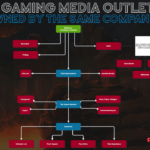
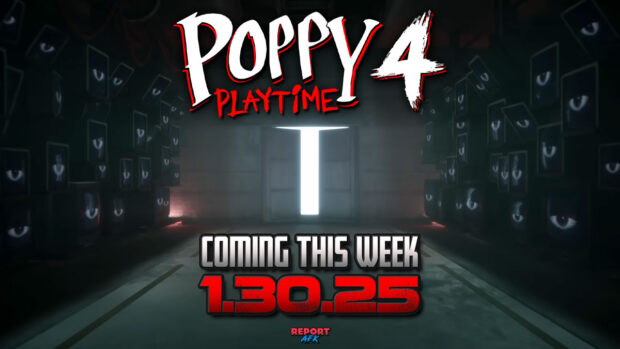
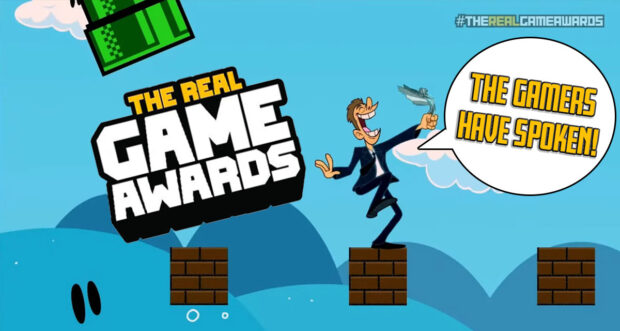
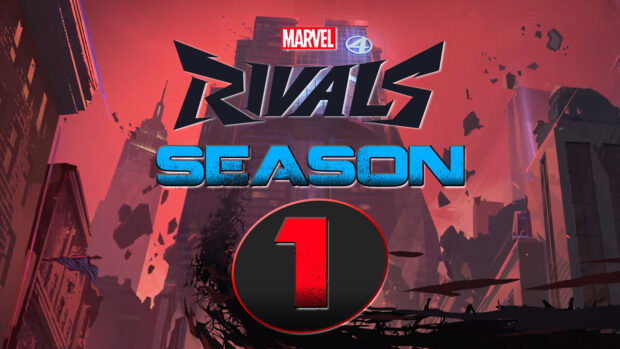




Luna Main
January 29, 2025
I hate Spiderman dives. I’ma give C&D a try, good guide though thanks.
Ayefkay
January 31, 2025
Hey Luna, I really do like Cloak and Dagger. The homing heals help make sure you’re staying effective while your kit provides some great support tools. Thanks for stopping by!
Hello
March 9, 2025
sgxJoVFJ RHJ wCre irEyLKXO
Ayefkay
March 10, 2025
Hi there